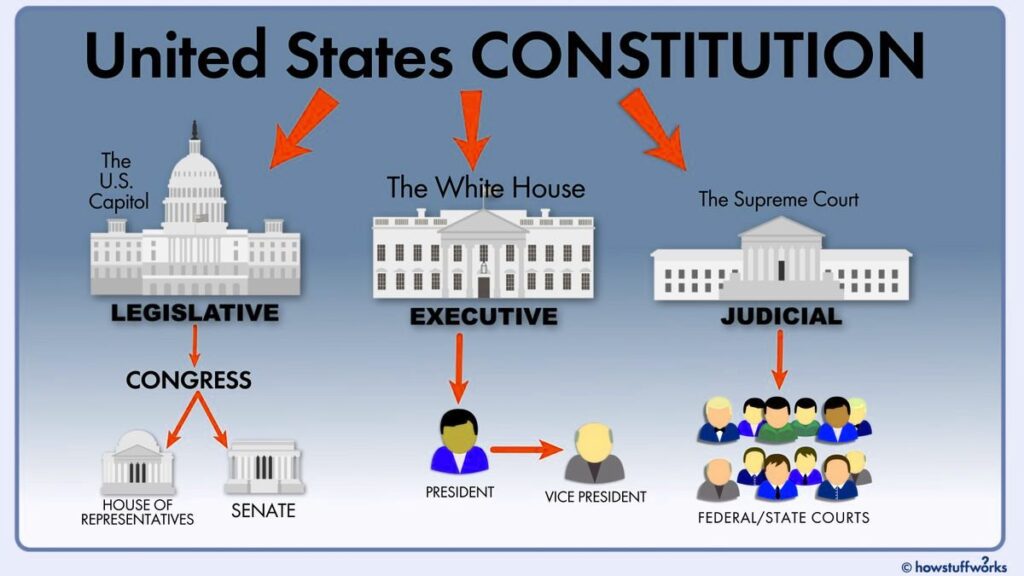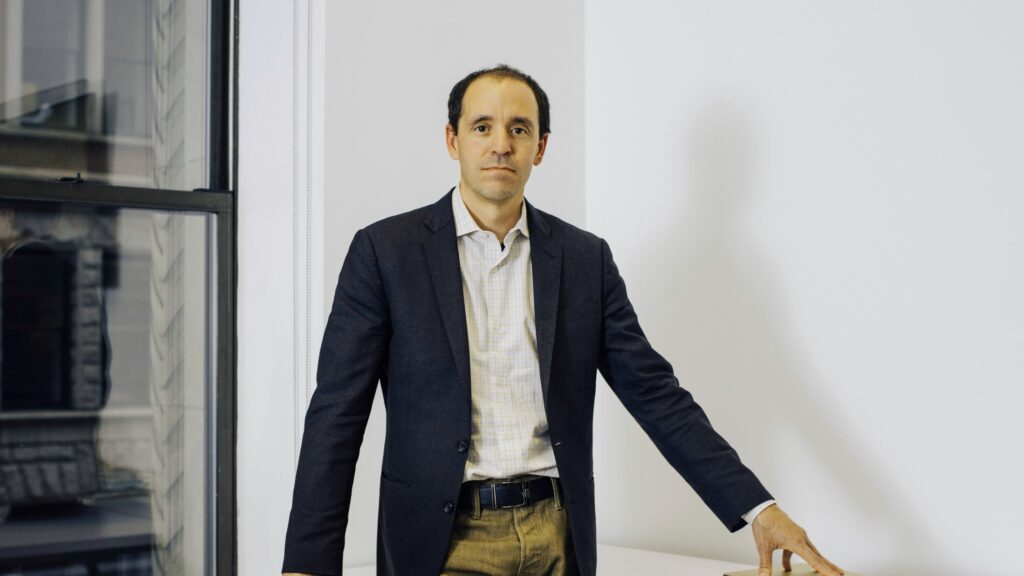TL;DR: YouTube TV and Disney End Channel Blackout After Two Weeks
- Disney and YouTube TV reached an agreement to restore over 20 channels, including ESPN and ABC.
- The blackout began on October 30 and lasted for two weeks.
- Disney reportedly lost $4.3 million daily during the dispute.
- YouTube TV offered subscribers a $20 credit for the inconvenience.
- The agreement allows YouTube TV to offer ESPN Unlimited at no extra cost.
Overview of the Disney and YouTube TV Agreement
Disney and YouTube TV have successfully negotiated a new agreement to restore access to a full suite of Disney-owned channels, including ESPN and ABC, which had been unavailable to subscribers for two weeks. This resolution comes after a contentious negotiation period marked by accusations from both sides regarding pricing and contractual obligations.
The agreement not only reinstates popular channels but also introduces ESPN Unlimited, a new streaming service, which will be available to YouTube TV subscribers at no additional cost through the end of 2026. This move is seen as a strategic effort by both companies to enhance their offerings and retain subscriber loyalty amidst a competitive streaming landscape.
Disney’s CEO Bob Iger emphasized the company’s commitment to providing value while ensuring that the terms of the agreement reflect the quality of content delivered. The deal is expected to benefit both parties, allowing YouTube TV to maintain its competitive edge in the market while ensuring Disney’s channels remain accessible to millions of viewers.
Timeline of the Blackout and Resolution
Start of the Blackout on October 30
The blackout commenced just before midnight on October 30, when Disney’s channels were removed from YouTube TV due to the expiration of their previous licensing agreement. This abrupt cut-off left subscribers without access to key programming, including live sports and news coverage, which are critical for many viewers.
Duration of the Dispute
The dispute lasted for 14 days, during which both companies engaged in intense negotiations. This period was marked by public statements and accusations, with YouTube TV claiming that Disney was demanding unreasonable fees that would ultimately raise costs for subscribers. Conversely, Disney accused YouTube TV of refusing to pay fair rates for its channels.
Involvement of CEOs in Negotiations
As the blackout continued, the involvement of high-level executives became more pronounced. Reports indicated that both Bob Iger and Google CEO Sundar Pichai took a more active role in the negotiations, underscoring the importance of the agreement for both companies. Their direct involvement was seen as a pivotal factor in reaching a resolution.
Financial Impact of the Blackout
Daily Revenue Loss for Disney
The blackout had significant financial repercussions for Disney, with estimates suggesting that the company lost approximately $4.3 million each day during the dispute. This loss was primarily attributed to the absence of advertising revenue from the channels that were unavailable to viewers, alongside potential subscriber churn.
Compensation Offered to Subscribers
In response to the disruption, YouTube TV announced a $20 credit for affected subscribers. This compensation was intended to mitigate customer dissatisfaction and retain subscribers during the blackout. The credit was made available for customers to claim starting November 9, reflecting YouTube TV’s acknowledgment of the inconvenience caused.
Key Issues in the Negotiations
Accusations of Price Raising by Disney
One of the central issues in the negotiations was YouTube TV’s accusation that Disney was attempting to impose higher carriage fees. YouTube claimed that Disney’s demands would lead to increased subscription costs for consumers, which they argued was an unfair tactic that could harm their competitive position in the market.
Claims of Unreasonable Demands by Google
On the other hand, Disney asserted that YouTube TV was making unreasonable demands and refusing to pay fair rates for its channels. Disney’s executives argued that the company was merely seeking compensation that aligned with what other distributors were paying for similar content, emphasizing the need for a fair negotiation process.
Channels Restored to YouTube TV
List of Disney-Owned Channels
The channels restored to YouTube TV include:
– ESPN
– ABC
– National Geographic
– FX
– Freeform
– SEC Network
– ACC Network
This restoration allows subscribers to regain access to a variety of programming, including sports, news, and entertainment, which are crucial for maintaining viewer engagement.
Significance of ESPN and ABC
ESPN and ABC are particularly significant for YouTube TV subscribers, as they provide access to major sporting events and popular television shows. The return of these channels is expected to enhance the viewing experience for subscribers, particularly during high-profile events such as college football games and election coverage.
Consumer Reactions and Future Implications
Subscriber Sentiment During the Blackout
During the blackout, many subscribers expressed frustration over the loss of access to popular channels. A survey indicated that a significant portion of YouTube TV users considered canceling their subscriptions due to the disruption. This sentiment underscores the importance of maintaining access to key content for subscriber retention.
Long-Term Effects on Streaming Agreements
The dispute between Disney and YouTube TV highlights the growing tensions in the streaming industry regarding content distribution agreements. As competition intensifies, similar negotiations are likely to occur, potentially leading to more service disruptions. The outcome of this agreement may set a precedent for future negotiations between streaming platforms and content providers.
Conclusion: The State of Streaming Agreements
The resolution of the Disney and YouTube TV dispute reflects the complex dynamics of streaming agreements in today’s media landscape. As companies navigate the challenges of content distribution, the interests of consumers must remain a priority. This incident serves as a reminder of the potential impact of contractual negotiations on viewer access to programming.
Understanding the Negotiation Dynamics
The negotiations between Disney and YouTube TV reveal the intricacies of the streaming industry, where content providers and distributors must balance financial considerations with consumer expectations. The outcome of this dispute may influence future negotiations across the industry.
Future Implications for Streaming Services
As the streaming landscape continues to evolve, companies must adapt to changing viewer preferences and competitive pressures. The resolution of this blackout may pave the way for more collaborative agreements, ultimately benefiting consumers who seek diverse content options.

